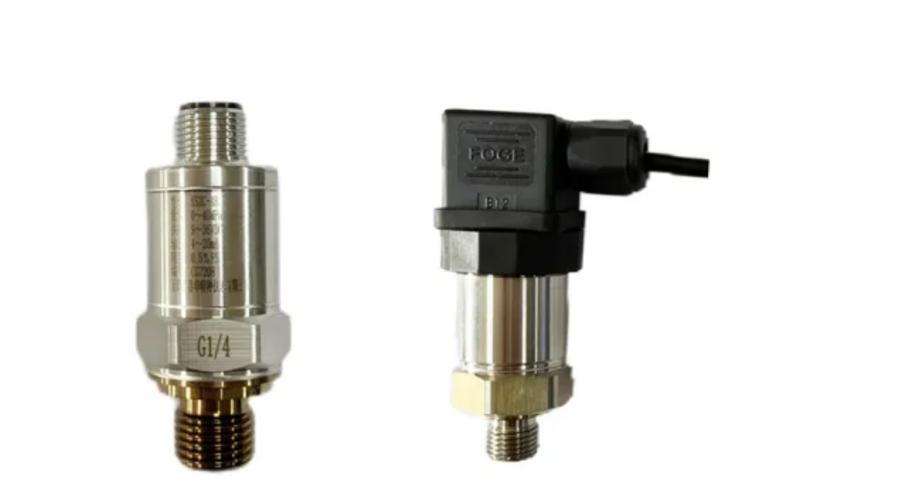YEB series stainless steel diaphragm pressure gauge
Cat:Pressure Gauge
◆ Model:YEB60 YEB100 YEB150◆ Use: This series of instruments are suitable for measuring the low micr...
See Details
Compact pressure transmitters have multiple advantages in selection and application,
following is an explanation from two aspects: the advantages of use and the selection criteria:
I.Usage Advantages:
1. Compact in size and flexible in installation:Compact in size, suitable for installation scenarios with limited space (such as in densely piped areas or inside equipment), it saves installation space and is compatible with various installation methods (such as threads, flanges, etc.)
2. Measurement accuracy and excellent stability:By using high-precision sensors, it can accurately measure pressure parameters (such as absolute pressure, gauge pressure, and differential pressure), and is less affected by external factors such as environmental temperature and vibration, resulting in small errors over a long period of use.
3. Wide range of application:It can measure various media such as liquids, gases and vapors, with a wide range of measurement capabilities (covering from negative pressure to high pressure), meeting the needs of different fields including industrial production, environmental protection and medical care.
4. Convenient signal transmission:It usually outputs standard electrical signals (such as 4-20mA, 0-5V), which is convenient for connection with PLC, DCS and other control systems, enabling remote monitoring and automatic control.
5. Highly protective:Some models have protection levels such as waterproof, dustproof and corrosion-resistant (e.g. IP65/IP68), and can operate stably in harsh environments (such as dampness, dust and corrosive media).
II.Product Selection Key Points:
1. Measurement of medium and ambient:Based on the characteristics of the medium (corrosiveness, viscosity, temperature), select the appropriate material (such as 316L stainless steel, Hastelloy alloy) and protection grade.
2. Range and Accuracy:Determine the measurement range based on actual measurement requirements (with a margin of approximately 20% reserved), accuracy grade is usually selected to be above 0.5. In high-precision scenarios (such as laboratories), a grade of 0.1 can be chosen.
3. Output signal type:The signal type is selected based on the backend interface. Commonly used are 4-20mA current signal (with good anti-interference performance) or RS485 digital signal (suitable for long-distance transmission).
4. Installation method: Select the appropriate connection method based on the on-site pipeline and equipment structure, such as threaded connection (G1/2, M20*1.5), flange connection, or clamp installation. Ensure the installation is firm and convenient for maintenance.
III.Typical Application Scenarios:
1. HVAC system: Monitors pipeline pressure, with requirements for low power consumption and small size.
2. Medical equipment: High precision, biocompatible materials.
3. Mobile hydraulic: Designed for vibration resistance and shock protection.
4. Food and pharmaceuticals: Hygiene interfaces (such as 3A certification).
By comprehensively evaluating the medium, environment, signal requirements and budget, the most suitable compact pressure transmitter can be selected.